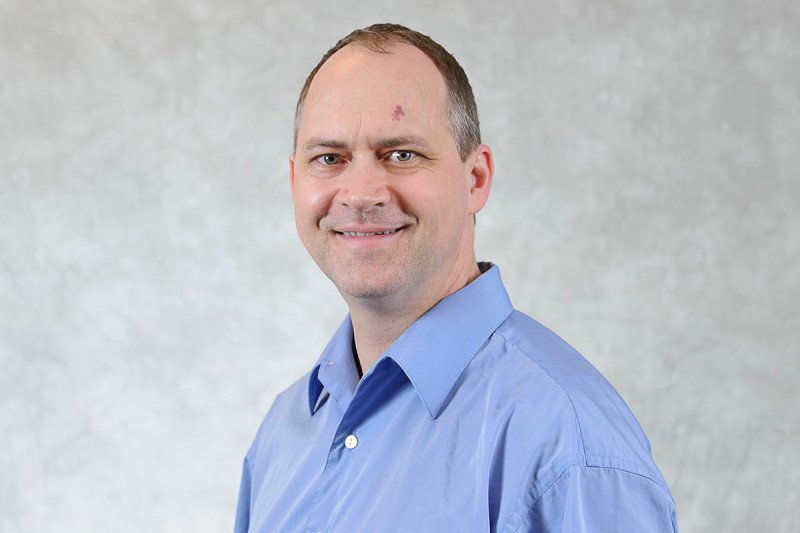
I am an attending physicist with over 20 years of experience in the Molecular and X-ray Imaging Physics Service of the Department of Medical Physics. I am board-certified by the American Board of Radiology in Therapeutic Radiologic Physics and Medical Nuclear Physics. I also support the Molecular Imaging and Therapy Service in the Department of Radiology as well as both clinical and non-clinical research studies on positron emission tomography/computed tomography (PET/CT) systems and other nuclear imaging systems.
My research efforts reflect my interest in furthering quantitative imaging science and are led by the use of advanced mathematical methods to reconstruct images from data produced by PET/CT and other nuclear imaging systems. Along with my multidisciplinary team of collaborators, which includes mathematicians, data scientists, imaging scientists, medical physicists and nuclear medicine physicians, I pursue the application of advanced mathematics to enable improvements in image quality (reduced noise while preserving spatial resolution) and quantification in PET. This includes the development of methods to accelerate the image reconstruction process and new deep learning reconstruction approaches. Such advancements have widespread implications and relevance for modern nuclear imaging systems, especially in the case of limited data and large images.
My research focuses on statistical image reconstruction methods, which I have developed along with my team to enhance severely count limited data. This situation is common in gamma camera images produced by several novel theranostic constructs and becomes a limiting factor in improving tumor detection in PET. In theragnostics, this is especially relevant to tumor targeting alpha-emitting radionuclide constructs where attempts to image the therapeutic biodistribution have been proven to be challenging. In the case of high-resolution (or higher-dimensional) PET images, where data limitations are apparent, our goal is to use the existing data to create images with improved spatial resolution, and/or capture motion and other dynamic information. Accordingly, my team and I have been awarded several research grants from the National Institutes of Health and the National Cancer Institute.
Disclosures
Doctors and faculty members often work with pharmaceutical, device, biotechnology, and life sciences companies, and other organizations outside of MSK, to find safe and effective cancer treatments, to improve patient care, and to educate the health care community.
MSK requires doctors and faculty members to report (“disclose”) the relationships and financial interests they have with external entities. As a commitment to transparency with our community, we make that information available to the public.
C. Ross Schmidtlein discloses the following relationships and financial interests:
No disclosures meeting criteria for time period
The information published here is a complement to other publicly reported data and is for a specific annual disclosure period. There may be differences between information on this and other public sites as a result of different reporting periods and/or the various ways relationships and financial interests are categorized by organizations that publish such data.
This page and data include information for a specific MSK annual disclosure period (January 1, 2023 through disclosure submission in spring 2024). This data reflects interests that may or may not still exist. This data is updated annually.
Learn more about MSK’s COI policies here. For questions regarding MSK’s COI-related policies and procedures, email MSK’s Compliance Office at [email protected].
View all disclosures
